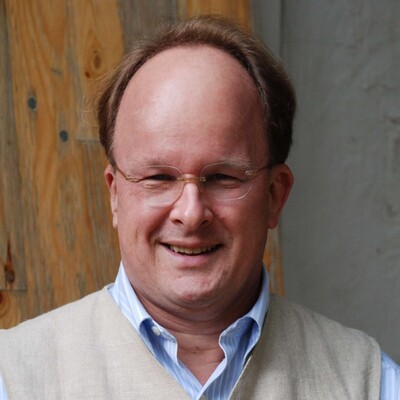The United States Beyond the Two-Party System
What is really stifling a vigorous, solutions- and future-oriented American democracy?
August 15, 2011
The traditional argument for the two-party system in the United States was, simply, that it worked.
More theoretically, it was argued that streamlining the formation of political will in such a straightforward, binary fashion made a country more effective and more direct in resolving the inevitable political conflicts. “Don’t give them too much choice! It might confuse the voters,” went the mantra.
And indeed, for a long time, rather than dallying around, European-style, among myriads of political parties constantly at each others’ throats and incapable, or unwilling, to cooperate with each other, the U.S. system did display elegance and decisiveness.
More or less, it was either the Democrats or the Republicans who had the upper hand. No mucking around in the U.S. of A. It all boils down to a matter of political leadership.
Alas, by now it is becoming excruciatingly clear that the “big tent” approach — under which the two big parties exercise a filtering, and/or disciplining, function with respect to the articulation of diverse political interests — has run into a brick wall.
The U.S. two-party system doesn’t just seem to fray at the edges, but at the very center.
Republicans and Democrats, whatever else they are, have turned themselves into increasingly dissonant, disparate holding companies that are not just extremely creaky, but also outdated, or at least too limiting in their scope.
What’s amiss may become clearer if one looks at what’s happened in Europe. There, the usual cacophony of political voices has largely been weeded out, thanks to minimum voting percentages (often 5%) that needed to be met before a party could actually be represented in parliament.
Moreover, while most countries there typically had a left- and a right-of-center party that tended to dominate the political process, now there often are a few, much smaller parties strewn in the center that ensure a constant drive to the middle ground.
Thus, instead of having two big parties, each with at least 45% of the vote, ferociously fighting each other in a truly titanic struggle, as seems the U.S. preference, the voting patterns in Europe are much better distributed.
Moreover, it is possible to reform oneself even without profound constitutional changes (witness the emergence of the Liberal Democrats as a co-governing party in the UK).
Politics, owing to the nature of the beast, may be vitriolic the world over — and it is certainly never easy, especially in the current, economically troubled times. But the current state of politics in the United States is particularly unforgiving.
With regard to the U.S. situation, one cannot really argue that this is a reflection of harder economic times, since that phenomenon is gripping the entire developed world. But is it a reflection then of an internal loss of dynamism, which could mean that the political fraying and outright deterioration is only a temporary phenomenon?
Perhaps. But the evidence is becoming overwhelming that too narrow a political choice, via a two-party system, makes people ever more frustrated. And acerbic.
No doubt, questioning the future validity, relevance or applicability of the two-party system in the United States is as old as the question about why there is no more social democracy in the United States.
Any attempts to say an opening up to a third party is imminent have almost always been laughed away in the past. That time of easy dismissal may be over, however.
Given the vitriol that has taken hold of the U.S. political process, it may be indeed high time to think about broadening the spectrum.
